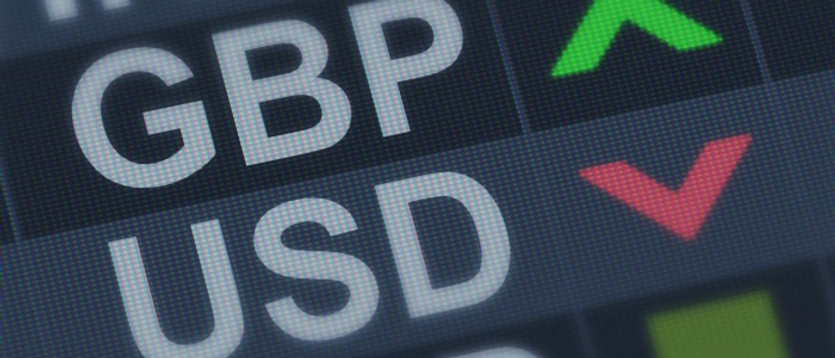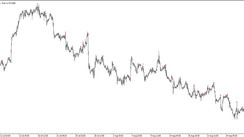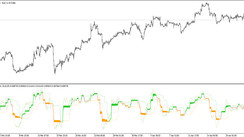According to data released on Tuesday by the UK Office of National Statistics (ONS), unemployment fell to 3.8% in December-February from 3.9% in the previous three months. This is the lowest value since December 2019. Thus, the unemployment rate in the three months from December to February fell below the pre-crisis level, indicating a continued deficit in the labor market, and employment continued to grow (35,000 new jobs were created in March, and their total number rose to 29.6 million.)
The number of vacancies in January-March reached a new record of 1.288 million, and the average weekly earnings for December-February (excluding bonuses) rose by 4.0% after rising by 3.8% in the previous three-month period.
Demand for workers remains strong even as economic activity is under pressure from higher inflation and the situation in Ukraine.
Despite this seemingly brilliant data, following pound quotations market participants reacted negatively to them: the pound fell, and the London Stock Exchange FTSE 100 index fell 0.9% to 7550 points.
Economists believe that real wage growth is already 1% behind inflation, which leads to a decrease in the quality of life, and given rising inflation, the problem will only get worse.
Following the results of the March meeting, the Bank of England decided to raise the base interest rate to 0.75% from 0.5%, for the third time in a row since December and since the beginning of the coronavirus pandemic. This decision was taken by an absolute majority of the members of the Monetary Policy Committee against the backdrop of persistently high inflation. UK consumer prices jumped 5.5% (annualized) in January 2022, the highest since March 1992, according to official statistics released in the month prior to this decision (in February).
The UK consumer price index (CPI) is expected to rise another +0.7% (+6.7% yoy) in March, with inflation data for March due tomorrow at 06:00 (GMT). Thus, the actions of the Bank of England lag behind accelerating inflation. At the same time, the bank itself believes that inflation will continue to accelerate in the coming months, reaching about 8% in the second quarter of 2022, and is likely to rise even higher later this year.
Yesterday's data on UK GDP and data on industrial production of the country, which turned out to be much worse than expected, also have a negative impact on the pound quotes. This data reflected a slowdown in UK GDP growth from 0.8% in January to 0.1% in February (the forecast assumed a slowdown to 0.3%), while industrial production recorded a slowdown in February by -0.6 % (significantly worse than analysts' forecasts of +0.4% growth). In annual terms, the pace of production slowed down from 3.0% in the previous month to 1.6%.
The pound remains under pressure against the USD, also declining today in major cross pairs. At the time of publication of this article, the GBP/USD pair is traded near the 1.3000 mark, also remaining under pressure from the strengthening dollar.
Unlike the Bank of England, the Fed is taking a tougher stance on rising inflation.
Minutes released last week from the Fed's March meeting confirmed the inclination of US central bank leaders to take more decisive action on monetary policy. Market participants already in May expect the Fed to raise the rate by 50 basis points at once, as well as the launch of a quantitative tightening program in the amount of $95 billion per month.
The dollar is also supported by the comments of the Fed leaders. For example, Fed Board member Lael Brainard said recently that the central bank may need more than one rate hike of 0.50% at once during 2022.
Today, market participants will study the report of the US Department of Labor Statistics with data on consumer inflation (its publication is scheduled for 12:30 GMT). It is expected that the consumer price index (CPI) in the US in March rose by +1.2% (+8.4% in annual terms). This is likely to support the opinion of the Fed leaders on the need for an aggressive increase in interest rates and support the dollar.





